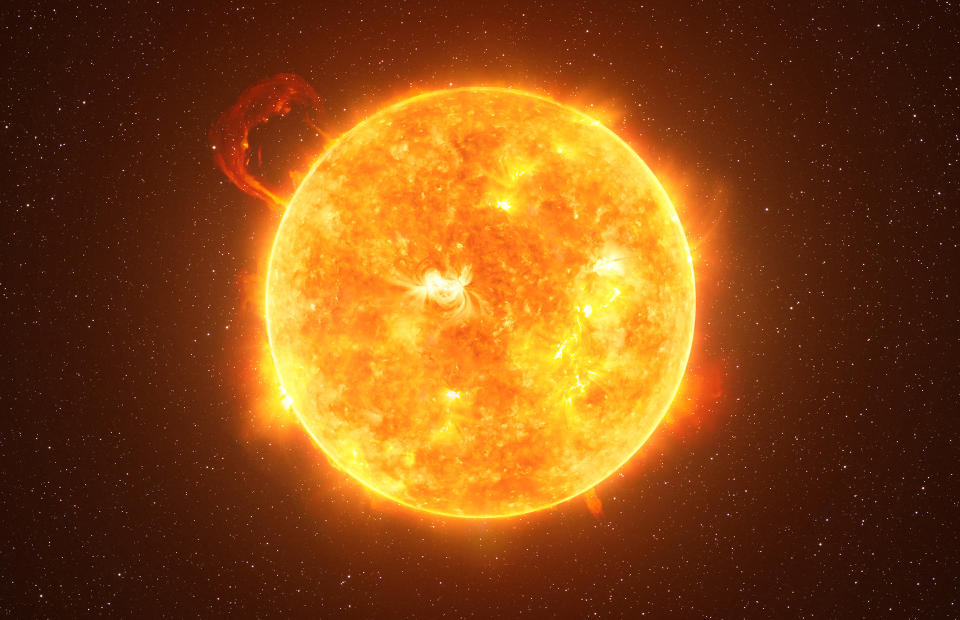The James Webb telescope has reached its final destination

- Oops!Something went wrong.Please try again later.
If you purchase an independently reviewed product or service through a link on our website, BGR may receive an affiliate commission.
The James Webb telescope has reached its destination more than a million miles away from the Earth. The newest space telescope to join the Hubble in space exploration launched from New Guinea in December. Now that it’s in place, NASA and the ESO can get started putting it to work studying parts of the galaxy and universe that Hubble isn’t able to reach. Now that James’ Webb’s orbit has been reached, though, it should be able to give us another perspective.
Today's Top Deals
Amazon has COVID-19 rapid tests in stock right now if you hurry!
Brand new AirPods Pro with MagSafe are so cheap it might be a mistake
Amazon's #1 best-selling bed pillows with 114,000 5-star reviews have a rare discount!
The James Webb’s orbit takes it around the Sun
Unlike the Hubble Space Telescope, which currently orbits the Earth, James Webb’s orbit will have it gliding through space around the sun. It managed to reach the entry point for its orbit, over one million miles away on Monday, January 24, 2022. It took the telescope roughly one month to reach its orbit point.
By putting the James Webb in orbit around the Sun, NASA and the European Space Agency (ESA) have opened the door for new observation points throughout our galaxy and beyond. It’s a crucial step in continuing to explore the black of space that lies in wait around our little planet. It might seem silly that it took almost a month to reach, especially considering it has only taken three days to reach the Moon in the past. However, with the James Webb telescope, NASA and the ESA had to ensure that it didn’t burn up while trying to reach its orbit point.
“Think about throwing a ball straight up in the air, as hard as you can; it starts out very fast, but slows down as gravity pulls it back towards Earth, eventually stopping at its peak and then returning to the ground,” Karen Richon, a lead engineer in the Webb Flight Dynamics at NASA’s Goddard Space Flight Center, said in a statement. (via CNN)
According to Richon, reaching Webb’s orbit was very similar to that ball idea. Eventually, Webb would slow down and stop, and Earth’s gravity would pull it back down. The timing and power needed to push Webb into orbit were so important, that Richon said putting too much speed behind the rocket could have caused Webb to overshoot its orbit. That would have exposed the telescope to the Sun, possibly burning up some of the important components it needs to operate.
Protecting the telescope from the Sun

Of course, we all know that the Sun is dangerously hot. Heat is one of the most dangerous things for any kind of tech or hardware. As such, it was important that Webb’s orbit not put it in danger from the heat that the Sun emits.
To accomplish this protection, the scientists and engineers behind Webb’s design built a five-layer sun shield. This sun shield protects the mirror and instruments that Webb relies on. Since the telescope is so far away, it will be impossible to send astronauts out to work on it. That’s something that has helped make the Hubble telescope last so long. Without routine maintenance to help keep it going, though, the engineers had to make it resilient. And it appears to have worked, at least for the moment.
It will be interesting to see the first images that James Webb sends back now that it is in orbit.

